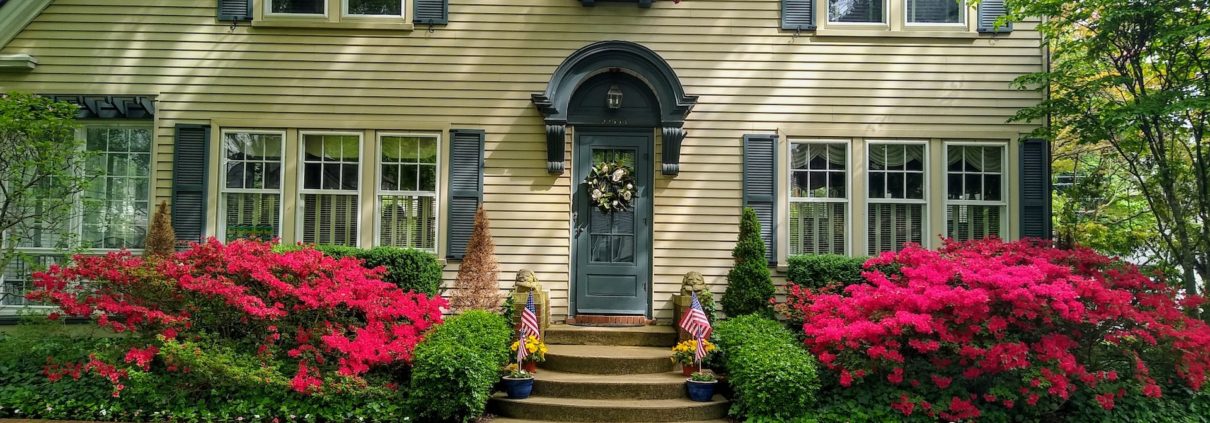Choosing the Right Materials and Design for Your Hardscape Project
An attractive and functional outdoor living space not only adds value to your home but also provides a serene escape amid nature’s beauty. One of the most popular ways to create that perfect outdoor oasis is through a well-designed patio fashioned from high-quality pavers. Charlotte Lighting & Hardscapes is here to help you bring your ideal patio and hardscape vision to life. In this informative, educational, and engaging blog post, we’ll walk you through the process of selecting the right pavers, exploring design possibilities, and offering installation tips to ensure a successful hardscape project.
Patio pavers offer versatility as well as durability, a crucial factor when considering materials for your outdoor space. They come in an array of materials, shapes, sizes, and colors, providing endless design possibilities to create a unique and personalized look. However, wading through multiple options can be overwhelming, and making the right choice is of utmost importance to ensure the longevity and attractiveness of your hardscape project.
But a successful hardscape project goes beyond selecting the right materials – it requires an efficient and visually appealing design. To help you get started, we’ll provide you with inspiring patio design ideas and offer guidance on how to integrate your hardscape seamlessly into your existing landscape. We’ll also cover important aspects like drainage and edging to guarantee the longevity and performance of your patio.
Whether you’re considering a cozy backyard retreat or a grand entertainment space, our expert tips in this blog post will help you bring your hardscape vision to life. We’ll discuss different types of paver materials, including the advantages and drawbacks of each, so you can make an educated decision based on your specific needs and preferences. Additionally, we’ll delve into factors such as maintenance, cost, and environmental impact, ensuring you choose a material that aligns with your values and priorities.
Types of Patio Pavers: Materials and Characteristics
When it comes to patio pavers, there’s no one-size-fits-all solution. The material you choose must cater to your specific requirements, aesthetic preferences, and budget. Here’s an overview of some popular patio paver materials and their characteristics:
- Concrete Pavers: Known for their affordability, durability, and versatility, concrete pavers are available in a wide range of designs and textures, mimicking the appearance of natural stone or brick. With proper installation, concrete pavers can last for decades with minimal maintenance.
- Brick Pavers: Offering a classic, elegant look, bricks are famous for their durability and weather resistance. Available in various shades of red, orange, and brown, brick pavers can be arranged into numerous patterns to create a timeless hardscape.
- Natural Stone Pavers: For those seeking a unique and upscale patio, natural stone pavers are an excellent choice. From granite and marble to limestone and travertine, natural stone offers unparalleled beauty. However, these pavers can be more expensive and may require additional maintenance compared to other alternatives.
- Porcelain Pavers: With the ability to resist fading, staining, and water damage, porcelain pavers offer a low-maintenance, long-lasting solution for outdoor spaces. These pavers come in various textures and colors, allowing you to achieve a sophisticated, modern look.
As you explore these options, keep in mind factors such as your budget, maintenance preferences, and intended use of the space.
Patio Paver Design Ideas and Inspiration
Now that you have a better understanding of patio paver materials, it’s time to dive into the creative side: design. Your patio design should complement the architecture of your home, flow seamlessly with your landscape, and cater to your lifestyle needs. Here are a few design ideas and considerations to inspire your project:
- Paver Patterns: Experimenting with paver patterns can make a dramatic impact on your patio’s appearance. Common patterns include herringbone, basketweave, and running bond. You can also create radial or circular patterns for a more visually striking effect.
- Borders and Accents: Enhance your patio by incorporating contrasting borders or accents. This not only adds visual interest but can also help define distinct areas, such as dining or lounging spaces.
- Incorporating Greenery: Intersperse your patio with planting pockets or raised beds to bring nature into your hardscape. This also helps soften the hard lines of your patio and creates a serene atmosphere.
- Combining Materials: For a truly customized look, consider mixing different paver materials. For instance, you may use brick pavers as a border around a central area of concrete or natural stone.
Remember, a well-designed patio is not merely an extension of your indoor living space – it’s an opportunity to create a unique outdoor haven that caters to your personal style and needs.
Best Practices for Patio Paver Installation
Achieving a professional-looking patio begins with proper installation techniques. While hiring an experienced contractor is always recommended, if you have a DIY spirit, keep these crucial tips in mind:
- Proper Site Preparation: Excavating the patio site, compacting the soil, and ensuring a slope for adequate drainage are critical steps in the installation process. Skipping these steps may result in future damage, such as paver shifting or water pooling.
- Paver Base Material: Before laying your pavers, you will need to establish a sturdy foundation using base materials such as gravel and sand. This not only creates a level surface but also promotes optimal drainage.
- Paver Installation: Lay your pavers following your chosen pattern, leaving a consistent gap between each paver to accommodate joint sand or other filler material. Be meticulous during this process to ensure an even and visually appealing result.
- Edging and Sealing: Installing edge restraints around your patio is crucial to prevent paver shifting over time. Additionally, sealing your pavers with a high-quality sealant can protect against damage, staining, and fading.
Conclusion
Selecting the right patio pavers, designing an inspired space, and executing a flawless installation are key to creating an outdoor oasis that adds value and beauty to your home for years to come. With this comprehensive guide, you are now better equipped to make informed choices and embark on your dream hardscape project. Remember, Charlotte Lighting & Hardscapes is always here to help with whatever patio needs, landscape lighting services, and hardscaping in Charlotte, NC, you may have, from providing expert advice and support to assisting you with material selection and design. Together, we can create the exquisite outdoor living space you’ve always envisioned. Contact us now!






